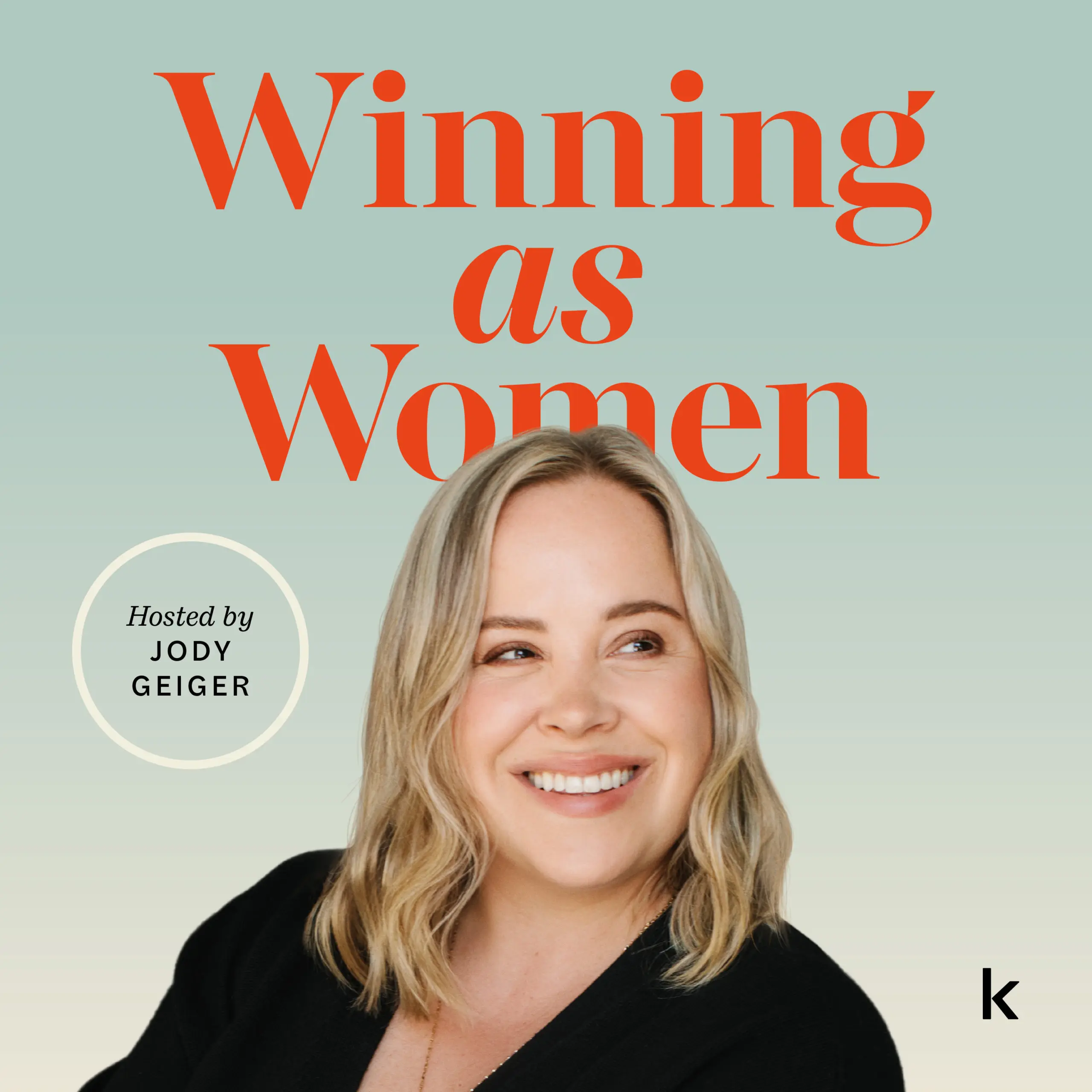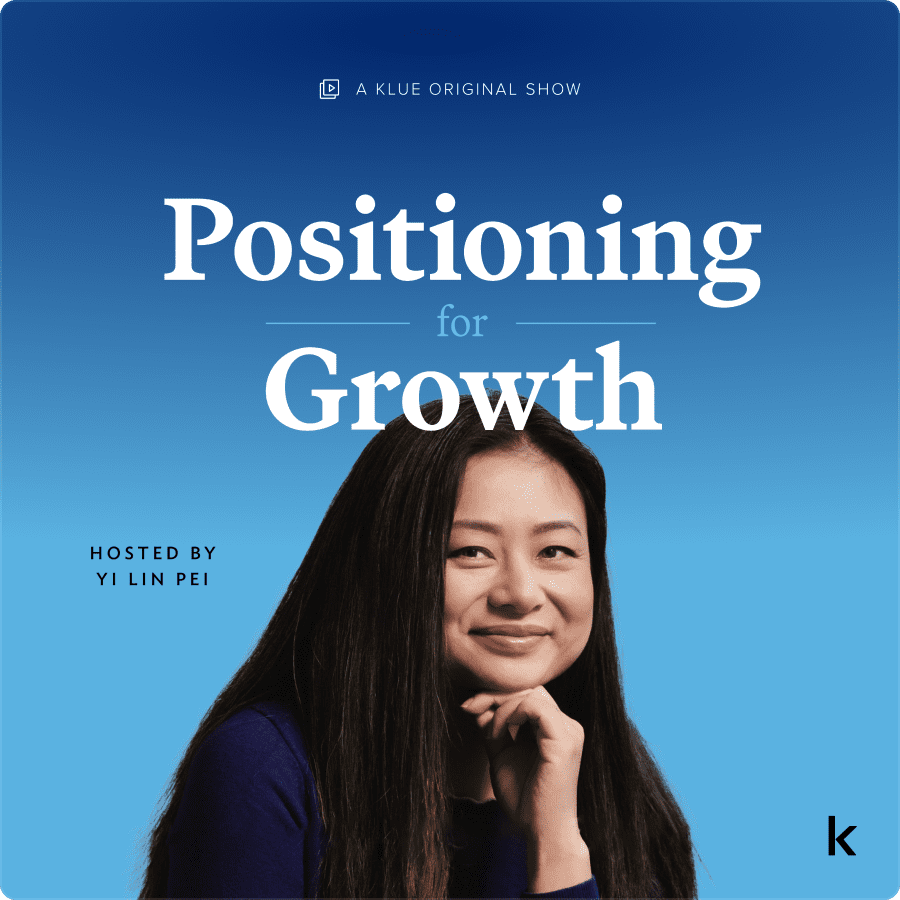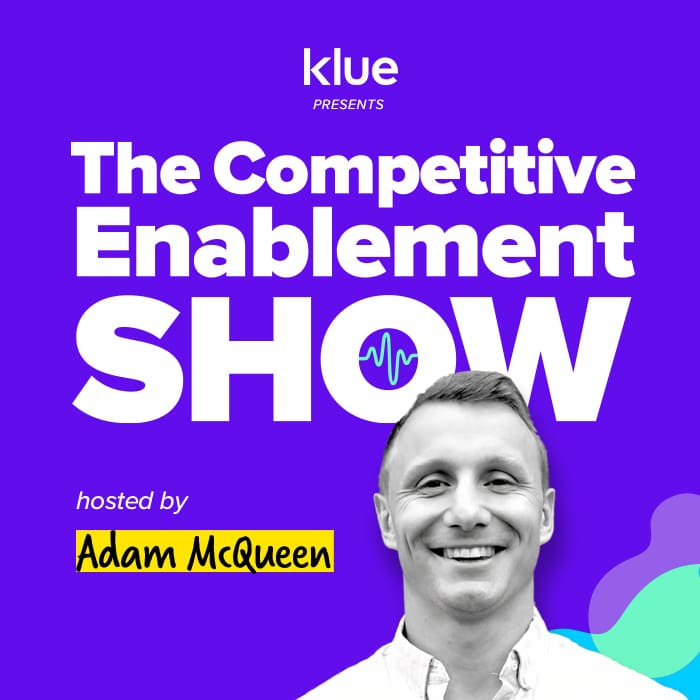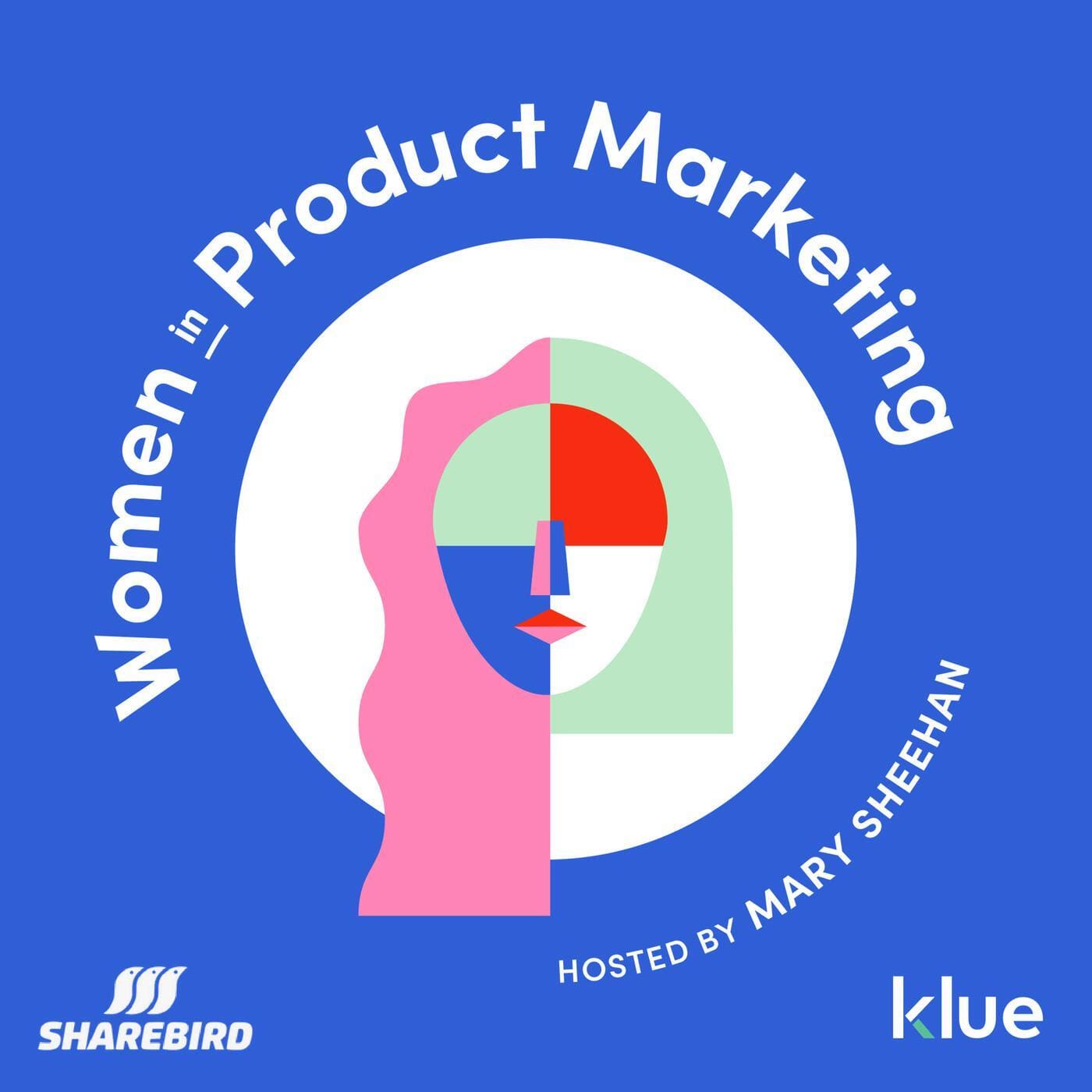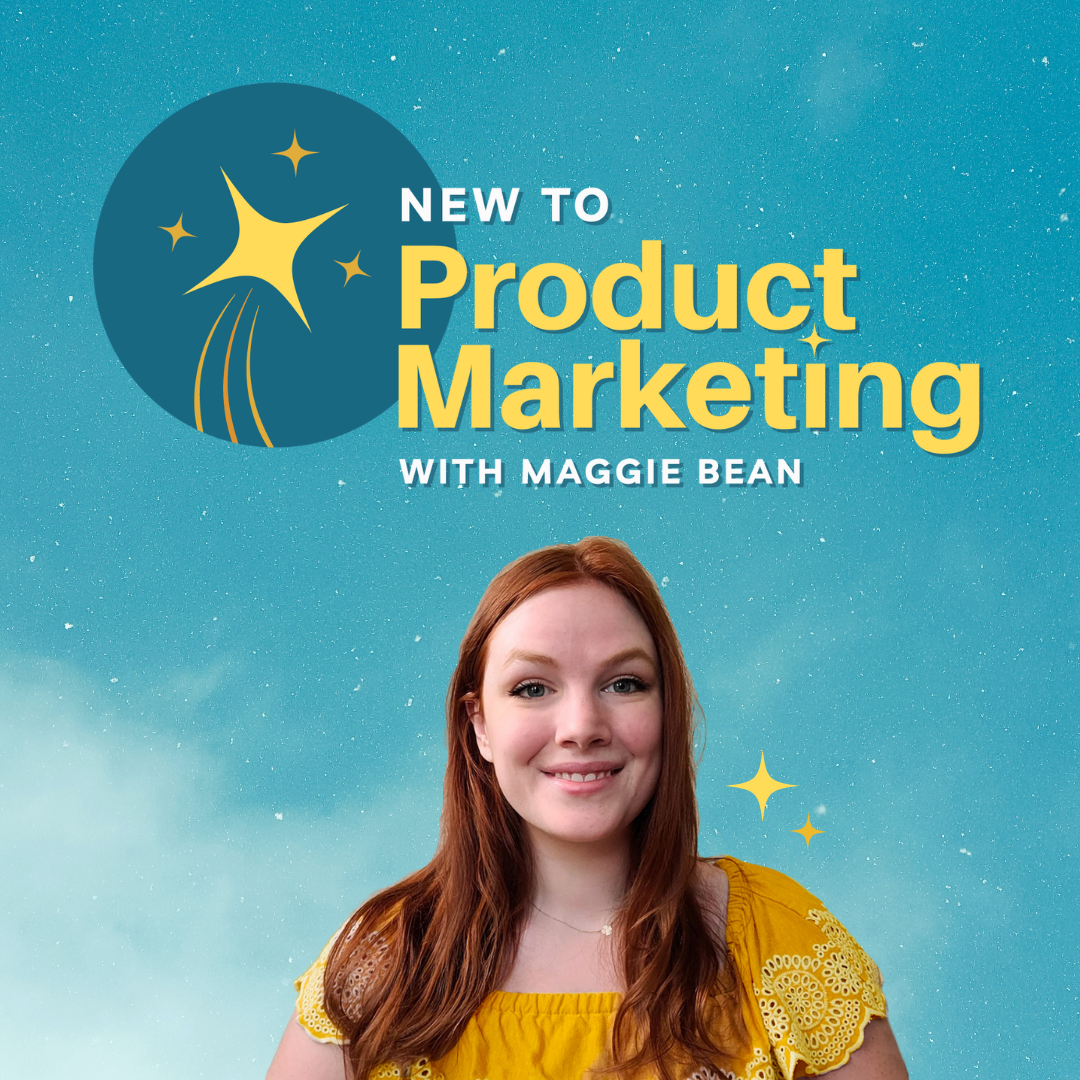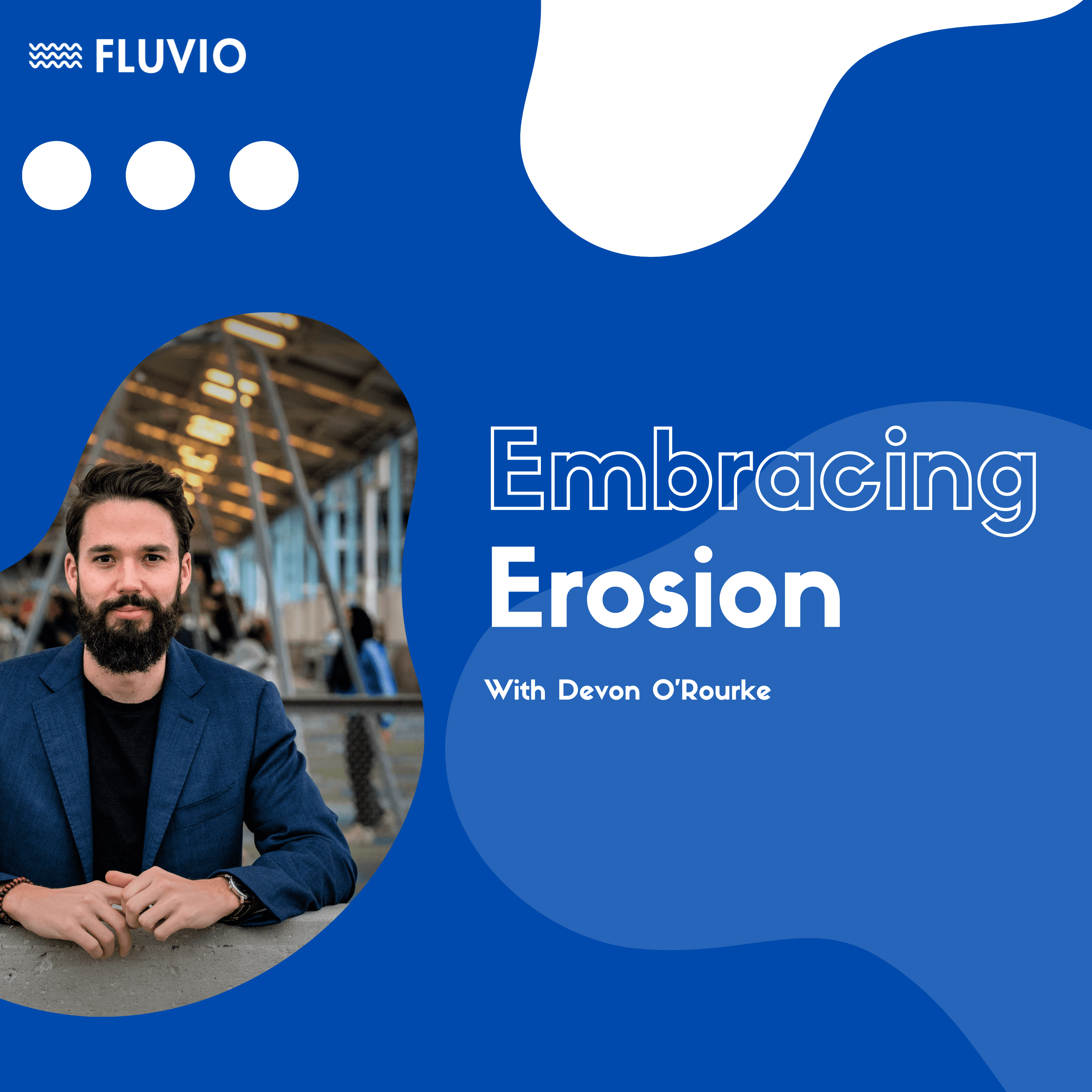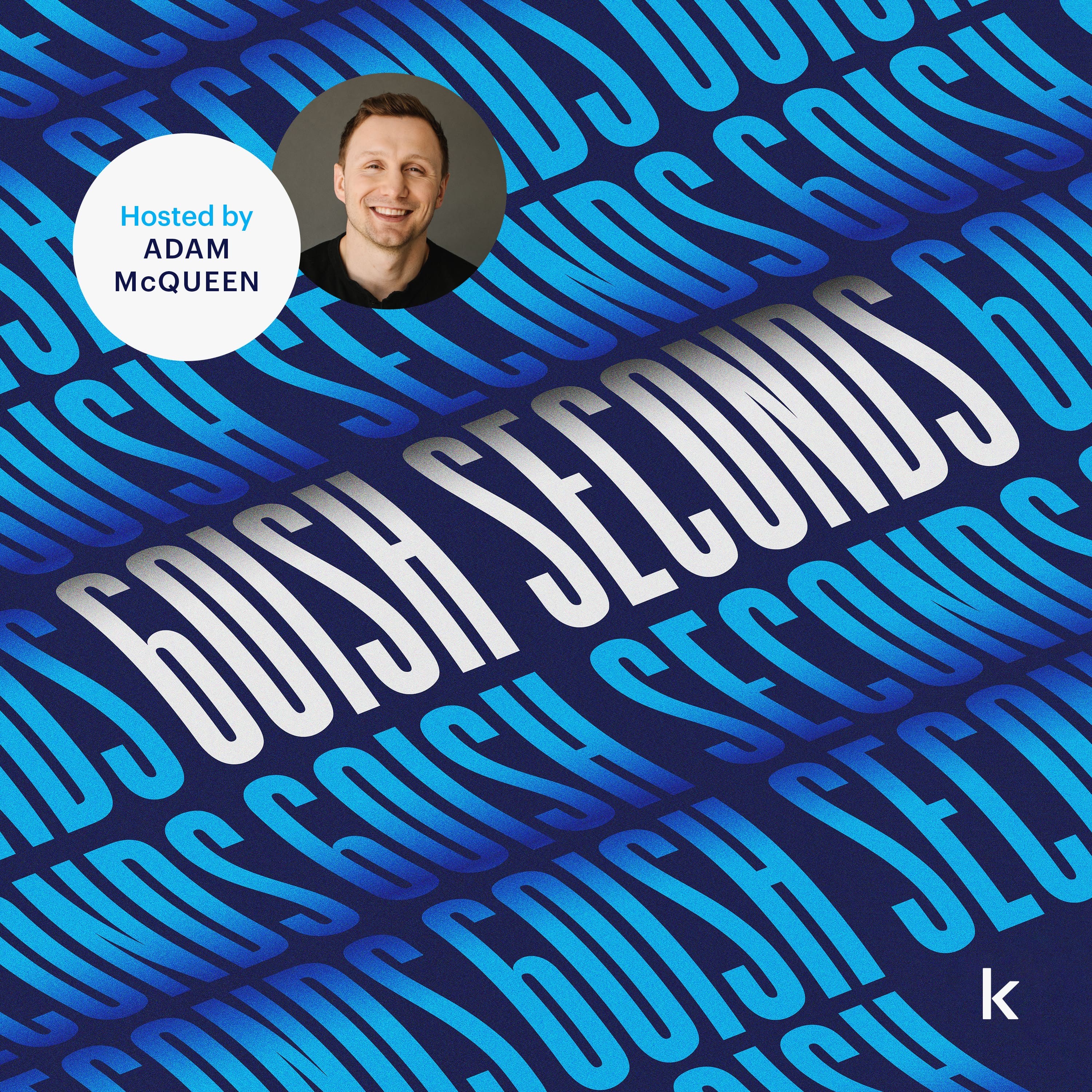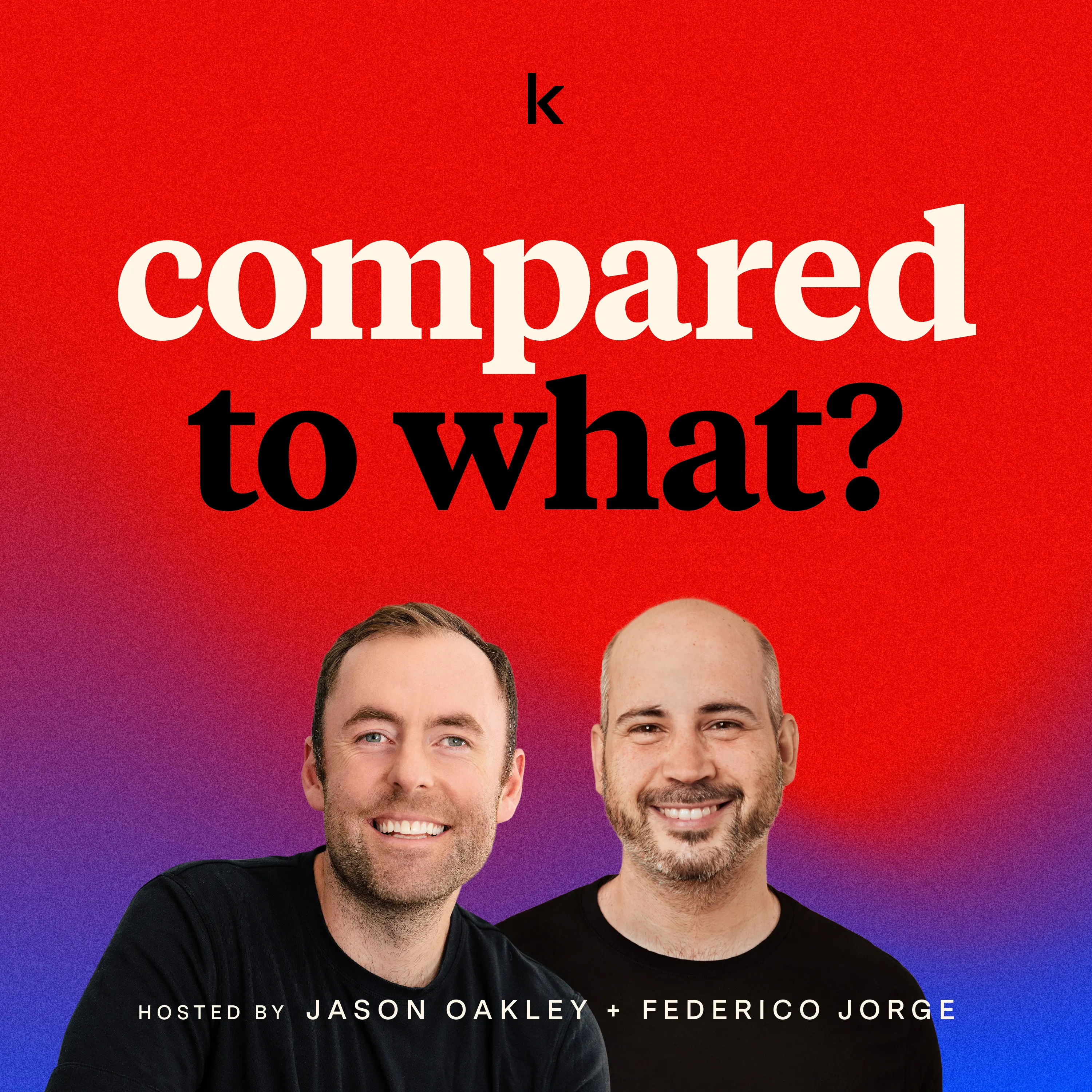The Bumps and Bruises of Building a Win-Loss Program
Peter Mertens is the Director of Market Strategy at Sprout Social. He joined Adam to talk about how win-loss programs have been essential to his strategic success in compete.
A win-loss program can give you insights into your internal processes but should it?
Peter Mertens’ win-loss analysis program at Sprout Social has built a reputation for delivering the kinds of competitive insights executives crave. But it didn’t start off that way.
It wasn’t because Peter’s program didn’t initially deliver valuable win-loss insights. In fact, it uncovered some potential efficiencies in the sales process as well as gaps in sales content.
The reason Peter’s first win-loss presentation missed the mark was because it didn’t come up with competitive insights. And that’s what his executives were after.
“It’s not that those insights concerning process aren’t helpful, but when you go to a meeting about win-loss analysis on competitors, that’s not what you’re expecting to hear.”
To be sure, win-loss programs are well-suited for use cases like internal processes. But for a program to really stick, it needs to find insights and make recommendations your executive team — or whoever the audience — is looking for.
That’s why you need to get in front of your leaders and ask them what they’d like to know from a win-loss program. You can also align your win-loss goals to your corporate priorities for the year and source feedback from department heads.
If your leaders are looking for insights into internal sales processes, deliver on that. But if you’re promising a competitive win-loss analysis, best make sure competitors are the main focus.


Quantitative Win-Loss Insights Are Powerful If You Have the Data to Back It Up
Sprout Social’s website generates thousands of trials every month, producing tens of thousands of quantitative data points from which to draw insights.
On top of Peter saying quantitative data has had a convincing effect on board members, focusing more on trial and CRM data — and less on win-loss interviews — gave his program the scalability he needed as a team of one.
Ultimately, your decision to lean more into the quantitative or qualitative end of win-loss analysis depends on factors like your access to data. More specifically, the amount of data you have access to.
Peter says if you’re a company that doesn’t generate a massive amount of opportunities, a qualitative win-loss analysis program can yield a ton of great insights.
“But if you are a PLG type product and you’re generating several thousands of trials and leads per month and so many of those are getting to close, whether close won or close loss, like, yeah, maybe start with quantitative and then work in the qualitative.”
Bottom line: the best win-loss programs leverage both CRM and interview data to inform their recommendations
To what extent you prioritize one or the other will depend on your business and the insights your organization is looking for.
Don’t Wait to be Tasked with Win-Loss — Do it Proactively
Nobody asked Peter to start a win-loss program. He saw an opportunity to bring value to the business and seized it.
Instinctively, we all know we should strive to be proactive at work. Some of us also have the tendency to be people pleasers — handling a mountain of requests and servicing those request.
But as Peter’s found out that tendency towards reaction can be a serious hinderance to your career.
“We fall into this trap of being reactive because we think that’s how we get people to work with us. But what I found is the exact inverse. People want to work with you when you bring something to them, so you should be proactively bringing these insights to various parts of the business.”
Being in compete means working and building relationships with different departments across the organization. And especially in the beginning when you’re trying to make a name for your function, it’s normal to fall in the trap of overextending yourself to service different departments.
But in Peter’s career, the professional progress he’s has come from bringing information to his leadership team without being asked for it.
Compete pros live in a privileged space in the organization — one with visibility into a ton of different departments.
Leverage that advantage and drill down for the competitive insights your organization needs to get to the next level. You might just get your career there too.


NEWSLETTER

Competitive strategies in five minutes or less. Straight to your inbox.
The official newsletter of The Compete Network with the best compete content from Klue, our customers, and compete experts from around the industry. Coffee & Compete's got you covered.

